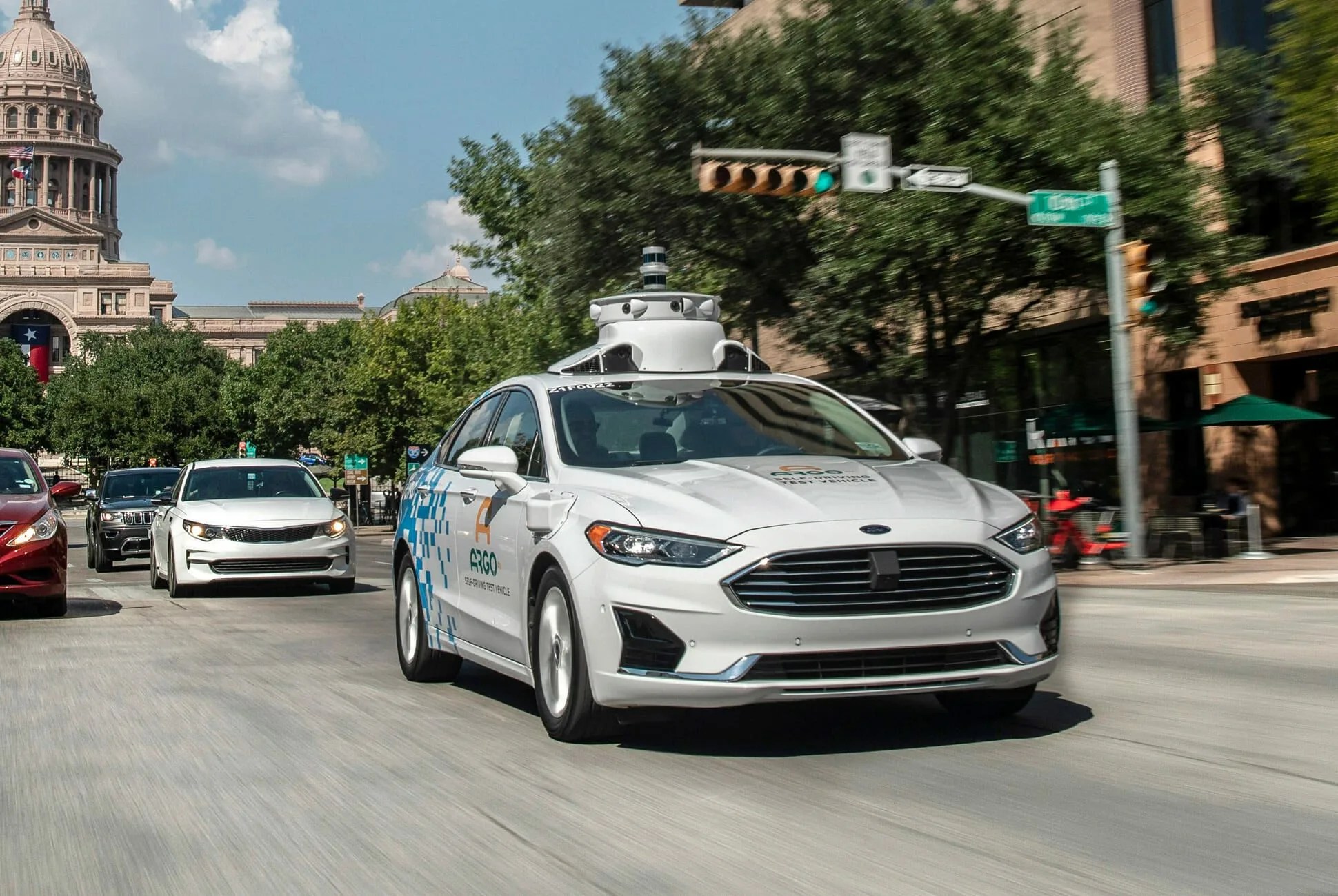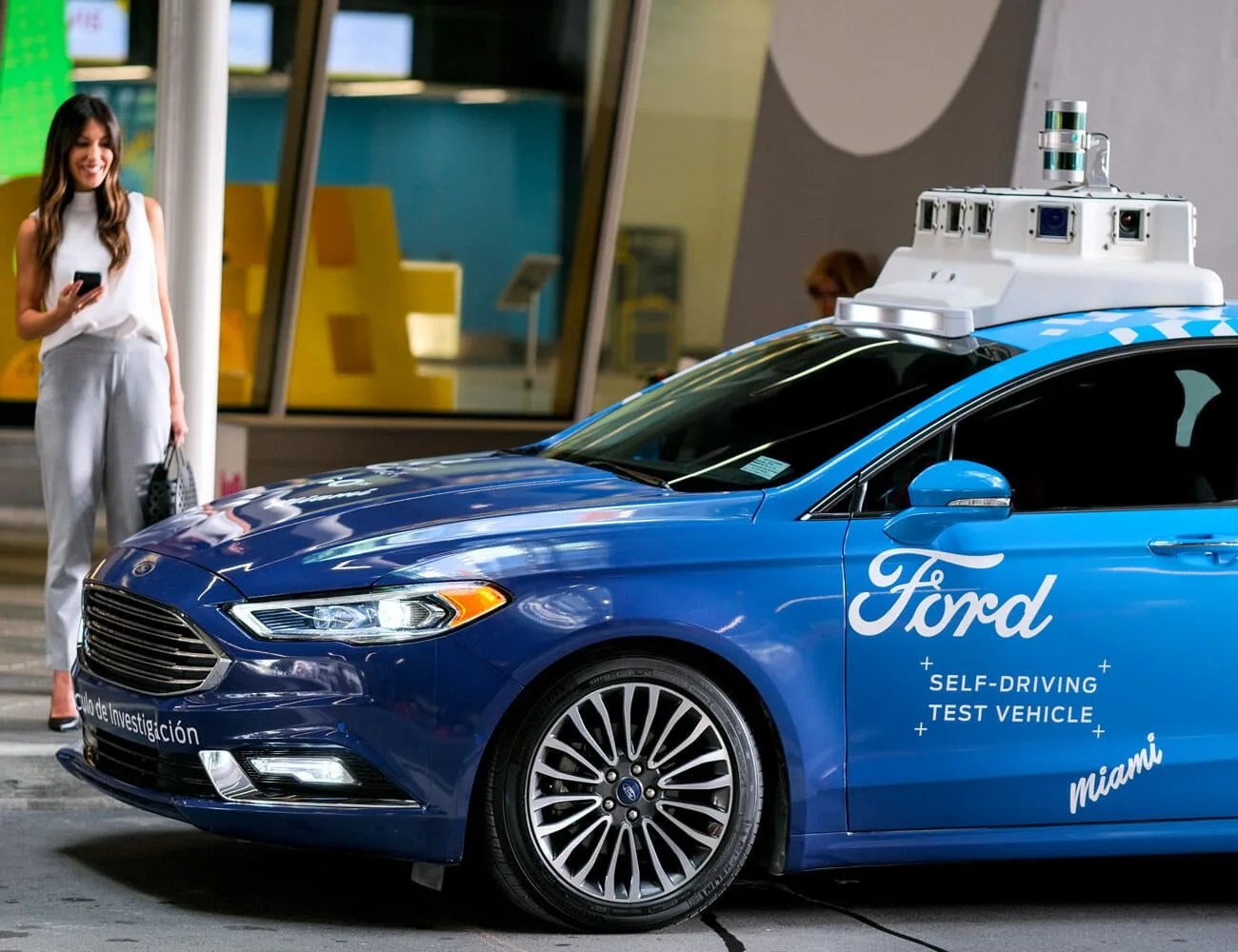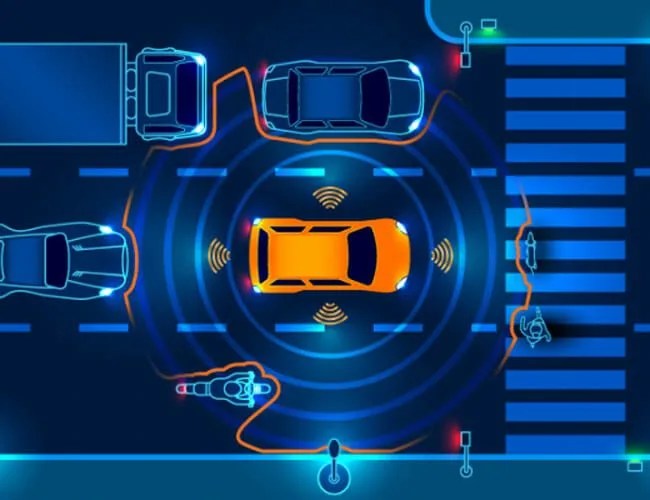Self-driving cars, it seems likely, are transportation’s future. When they finally arrive, autonomous vehicles and the new technologies involved seem poised to deliver profound societal and economic changes. It will alter how, or even whether, we buy personal automobiles. Yet, it’s a topic rarely covered in much depth outside of the nerdiest automotive publications; for most of us, it’s something you read about occasionally, most likely after there has been an accident with one of the self-driving prototypes dotting the country’s roads.
But it’s something that deserves to be discussed more. The technical aspects and implications of this forthcoming transition are complex. The timeline for full autonomy — which stretches from “next year” to “never,” depending on who you ask — can be confusing.
So for some clarity, we decided to talk to an engineer who knows something about it: Ford AV LLC’s chief operations officer John Rich. Here’s what he had to say about autonomous driving, which he termed “the most ambitious technical endeavor since the dawn of the automobile.”
Autonomous driving will be safer
Safety is the most critical concern with autonomous vehicles. Safety is the reason for autonomous driving to come into existence in the first place, in order to reduce the number of accidents — so it’s no surprise that it’s the most critical concern when it comes to developing self-driving cars. It stands to be the major hurdle between autonomous driving and public acceptance.
But Rich says the industry is still defining what “safe” means.
“We are steadily unifying into industry working groups that seek to define the standards around these things and start to look towards how you define good enough,” Rich said. “I don’t know the answer to that yet. I do know it has to be much, much better than a human being.”



